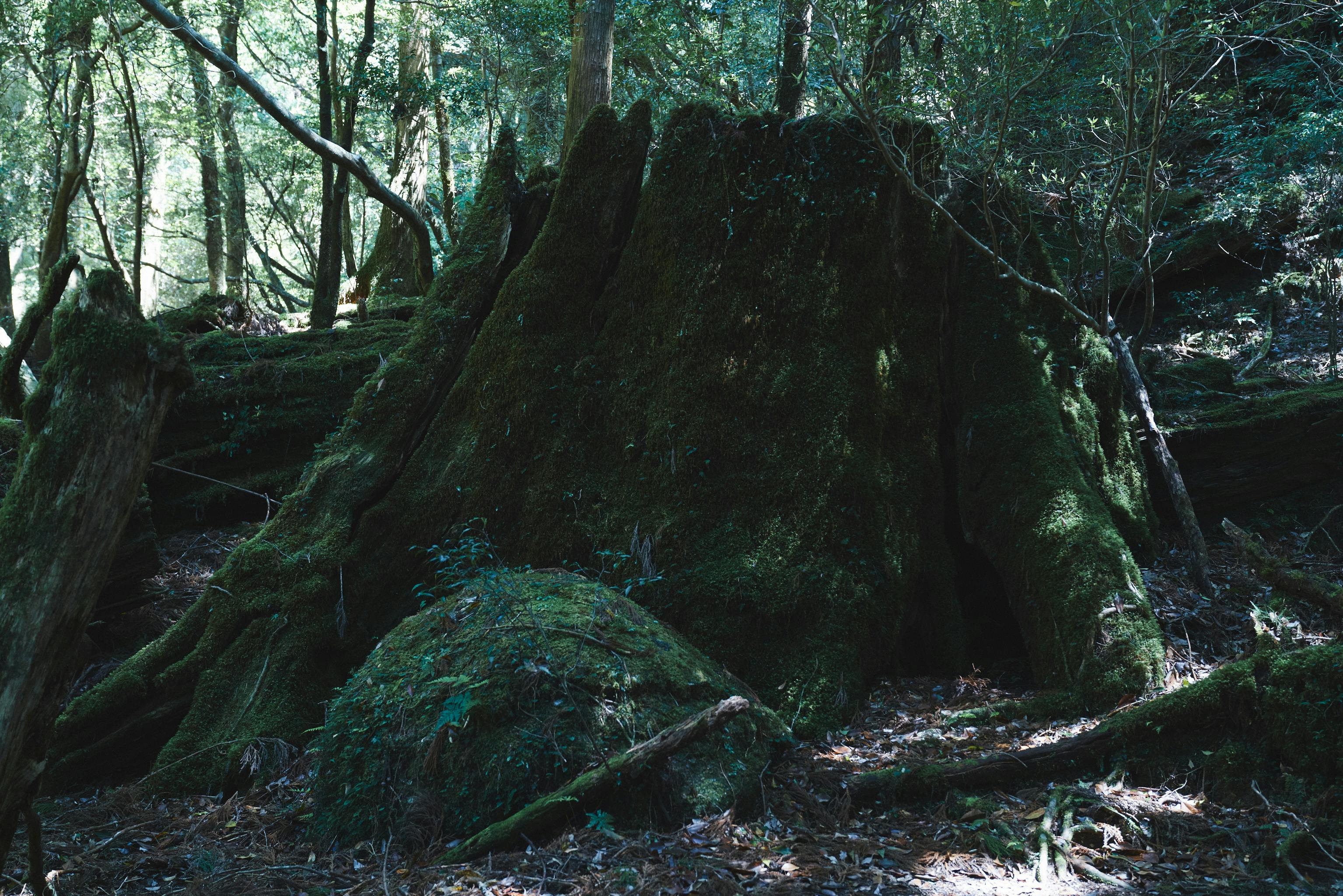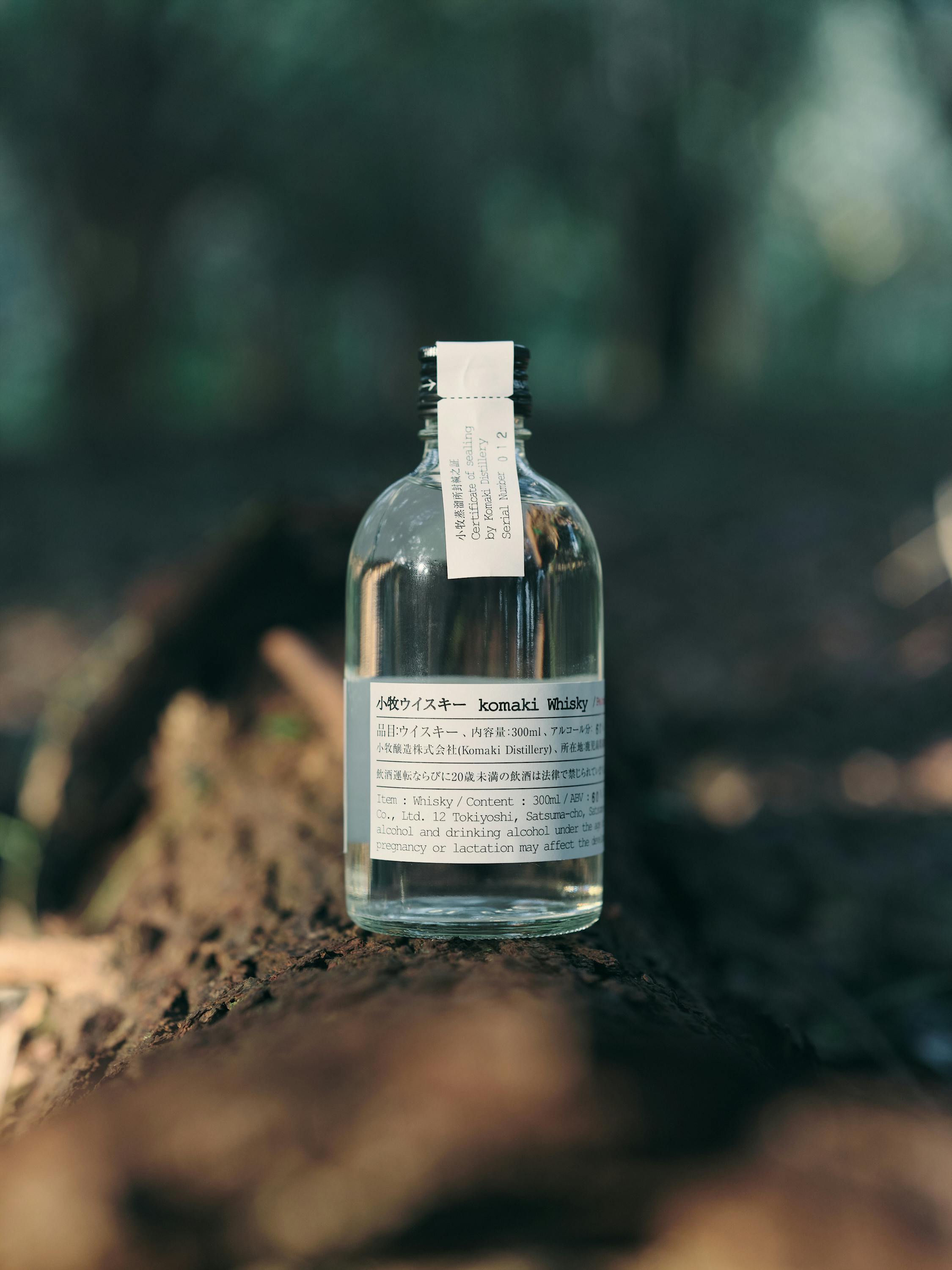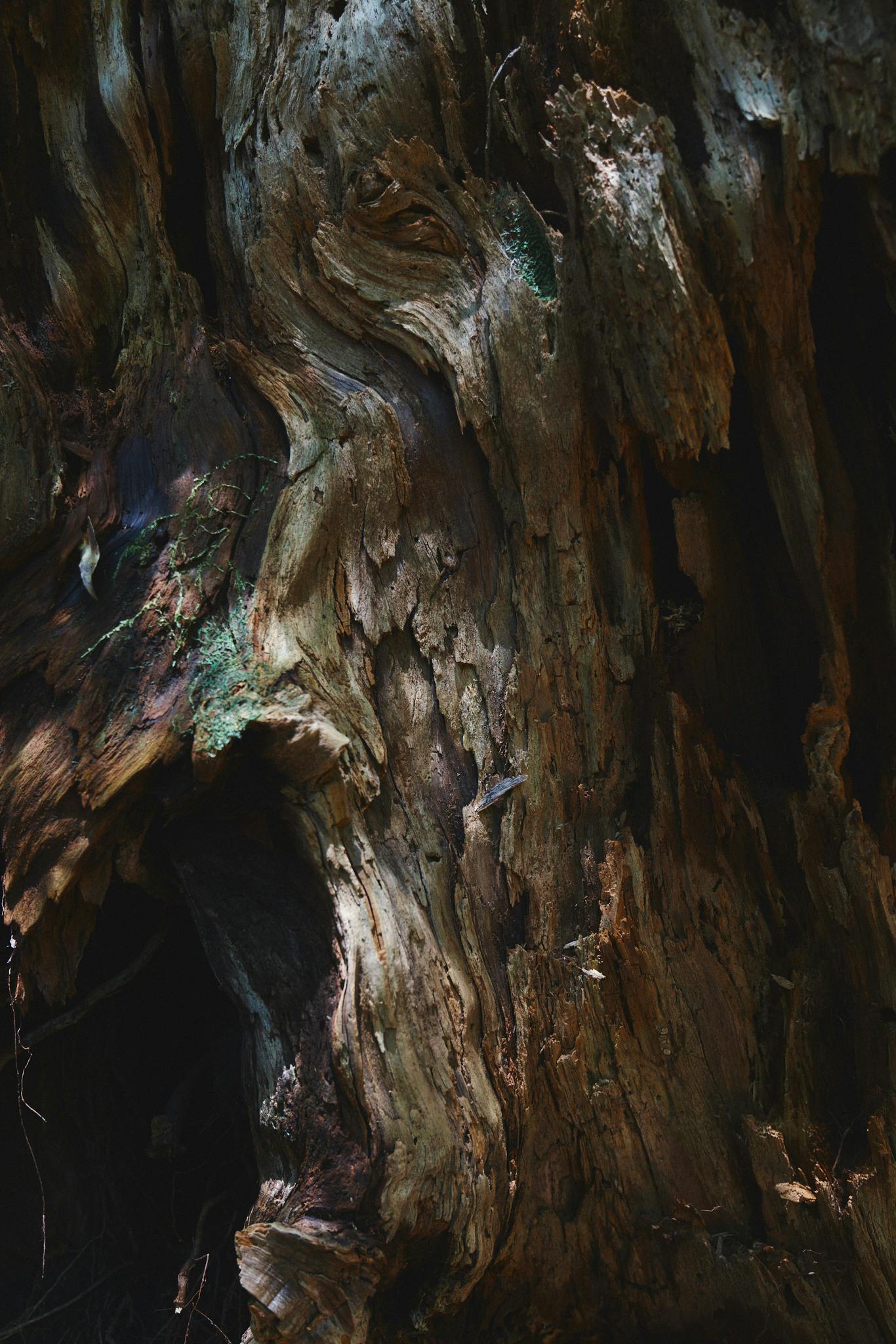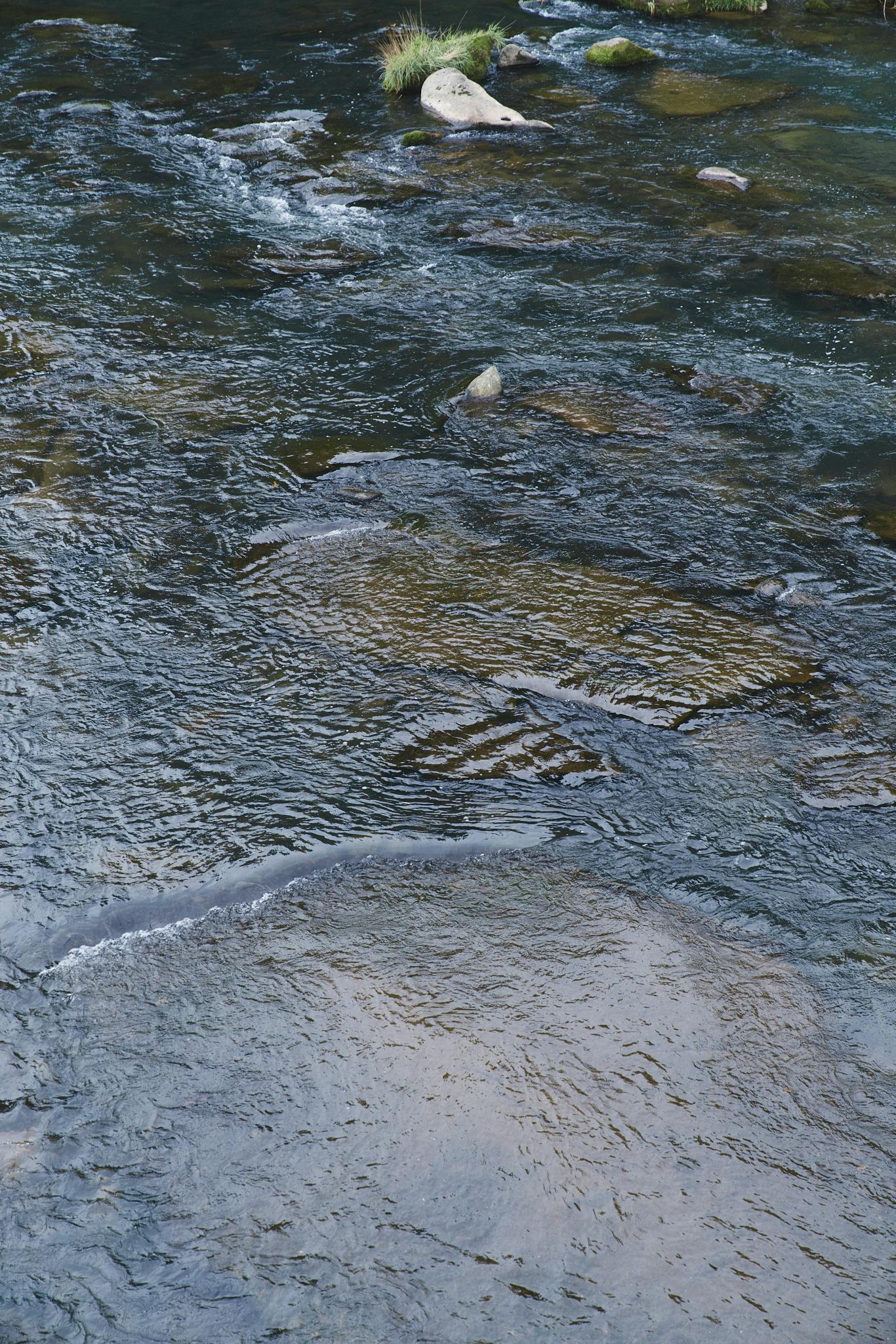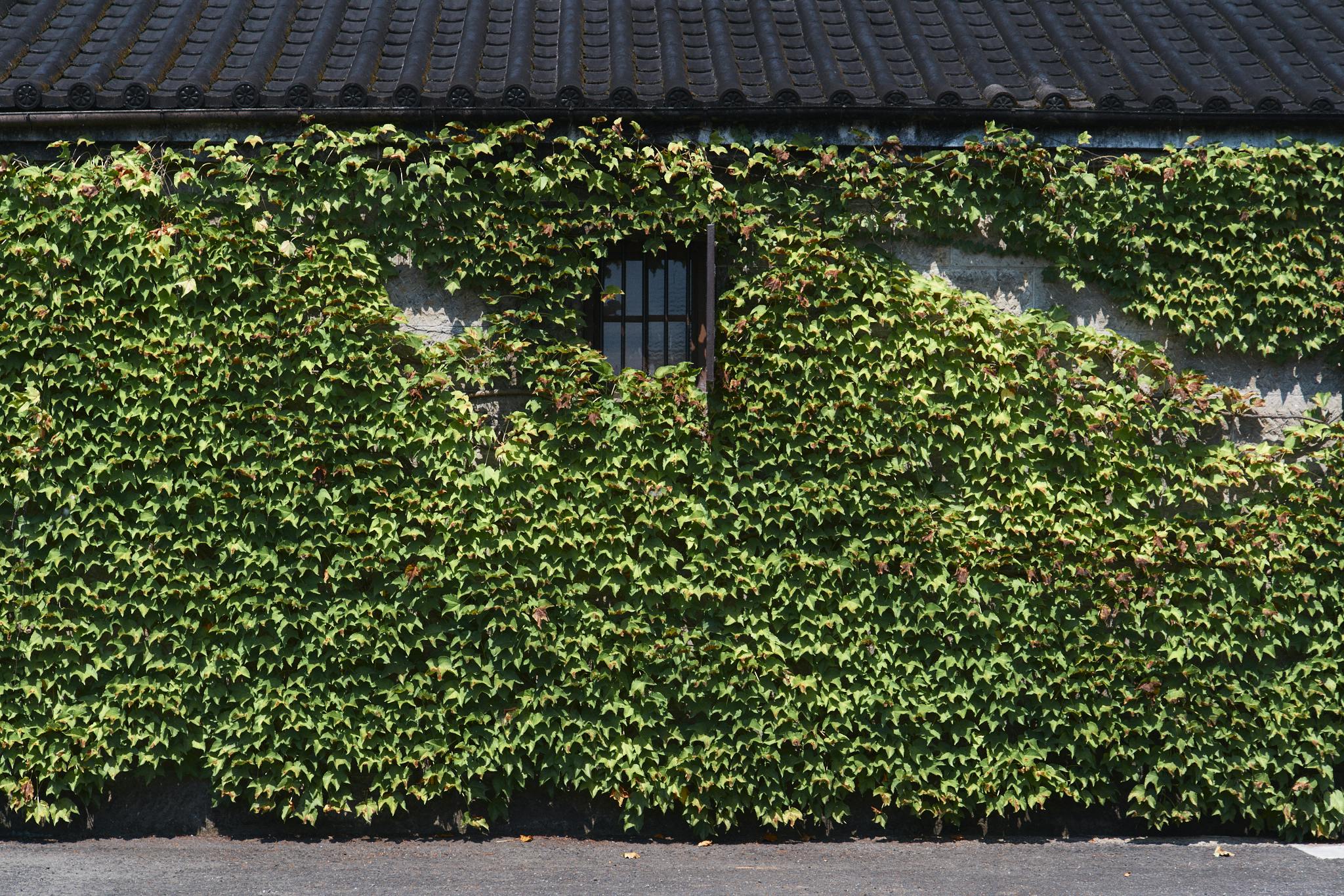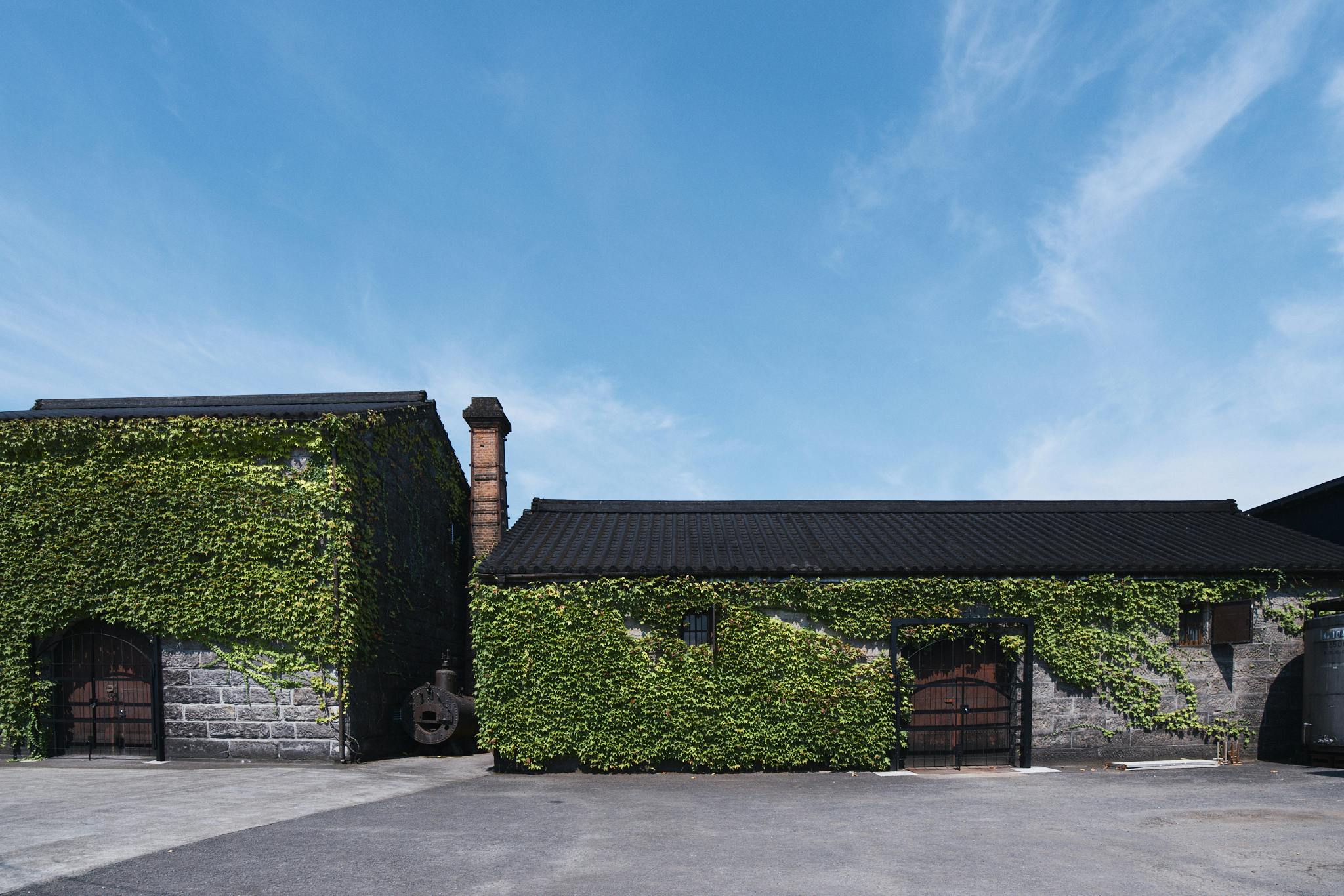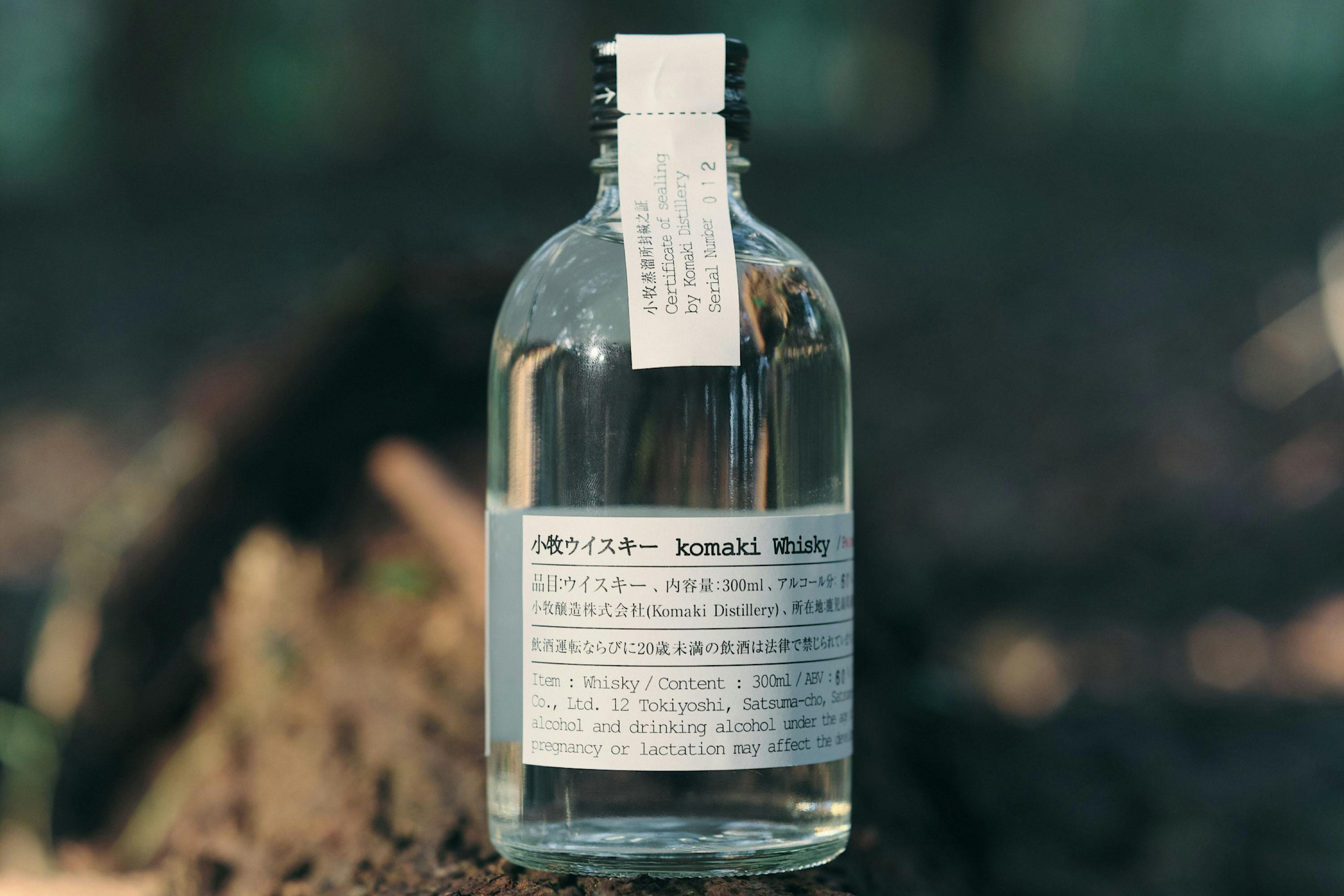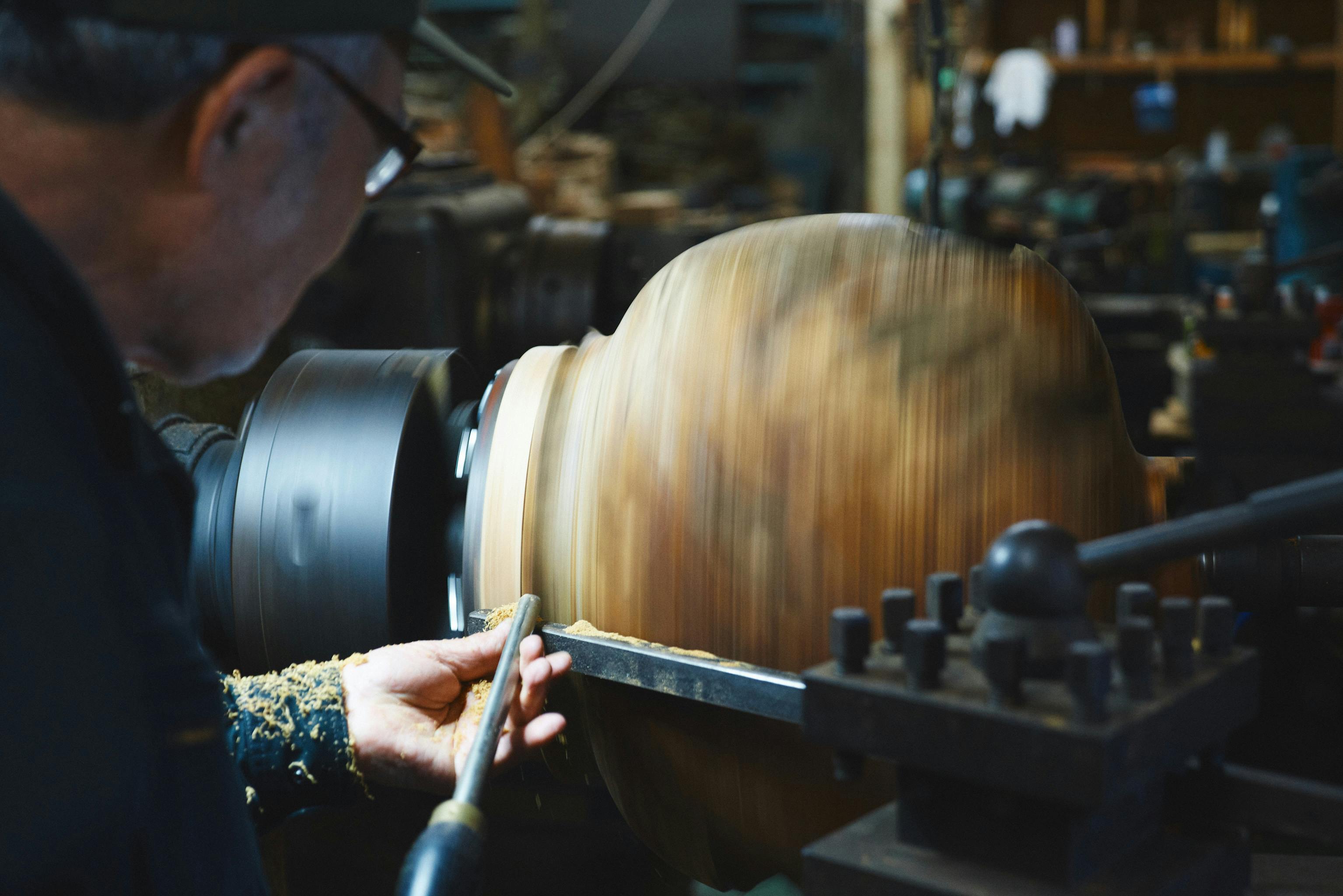Unique Taste Matured in Yakushima Cedarwood
/ About Whisky
Yakushima lies across the Osumi Strait from Komaki Distillery, in Satsuma town, Kagoshima Prefecture. The island is well-known as Japan’s joint-first World Natural Heritage Site, registered in 1993, together with the Shirakami Mountains. Yakushima’s hinterland is entirely composed of mountains, with
